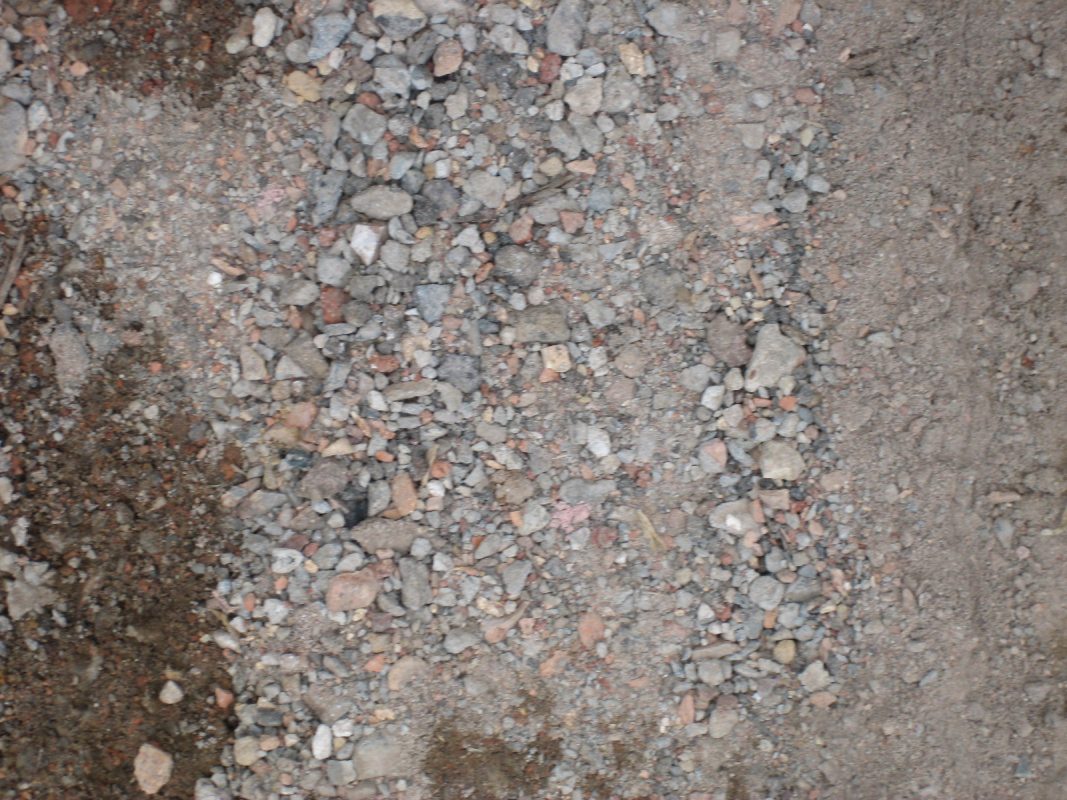How Do You Flood Proof Your Yard?
Gravel Driveways Sydney
Put flood-proofing on your spring to-do list! Protecting your home and property can be done with a few simple changes. Landscaping is the place to start seeing as that is where the water is going to reach first.
What is Your Flood Risk?
According to the NSW SES, flooding costs millions of dollars in bills every single year. The annual Australian bill is usually over $300 million(*1). Types of flooding can differ between urban and regional properties, elevation, city drainage upgrades and so on. In cities where there is a lot of concrete, water has few places to go. This makes for a perfect situation for flash flooding. Your local council will have data on floods for your area. No matter your risk, it is always better to be prepared.
What Can You Do?
Flood proofing your property and home starts with landscaping. Gravel driveways and rain gardens are excellent places to start.
Gravel Driveways
Gravel driveways are far superior to paved or concrete driveways during flood events. Gravel naturally drains water. By draining water and preventing run-off, gravel also reduces the risk of pesticides, rubbish and other harmful chemicals from leaching into other areas. From a practical perspective, gravel also doesn’t stick to everyone’s shoes like sand does. Have you ever built a carport on a sand base? Sand in the car and in the house? Yes! We know exactly what you mean! Gravel stays put which makes for less car and house cleaning.
Rain Gardens
Rain gardens look like a typical garden bed but, as they say, it’s what’s underneath that counts. The idea behind rain gardens is to have all your storm water drain to the rain garden and be absorbed within 24 hours. On the surface you have a range of plants that can handle large amounts of water. Talk to your local nursery for local natives that will be hardy enough to survive the dry season and capable of withstanding being water-logged. There should be a 200mm-500mm space above the plant level to allow water to settle – akin to a small pond. Underneath this top layer is where the magic happens.
Under the plants and plant substrate you will have filter media such as loamy sand. The sand and plant roots filter the water to the lower levels. Below this, you’ll have another layer of filter media that is a carbon source. Many people use a denser sand than the layer above. Below this is a bedrock of gravel.
Concrete Sleepers and Concrete Blocks
Utilise non-absorbent materials such as concrete to help protect and re-direct. Concrete retaining walls are ideal. Furthermore, in most retaining wall builds, you’ll need an aggregate base. The base will drain some of the water run-off from the concrete wall. Utilise concrete sleepers in landscape design to purposely re-direct water to areas such as your rain garden.
When sourcing gravel, concrete sleepers or blocks, talk to A1 Concrete Recyclers. A1 Concrete Recyclers can advise on the size of aggregate you will need. You’ll also be doing your part to protect Sydney’s environment by choosing recycled concrete from a local business.
References - *1. Floodsax. Australian Flood Facts: 2019 • Castle Hill Skip Bin Hire www.rubbish.com.au

